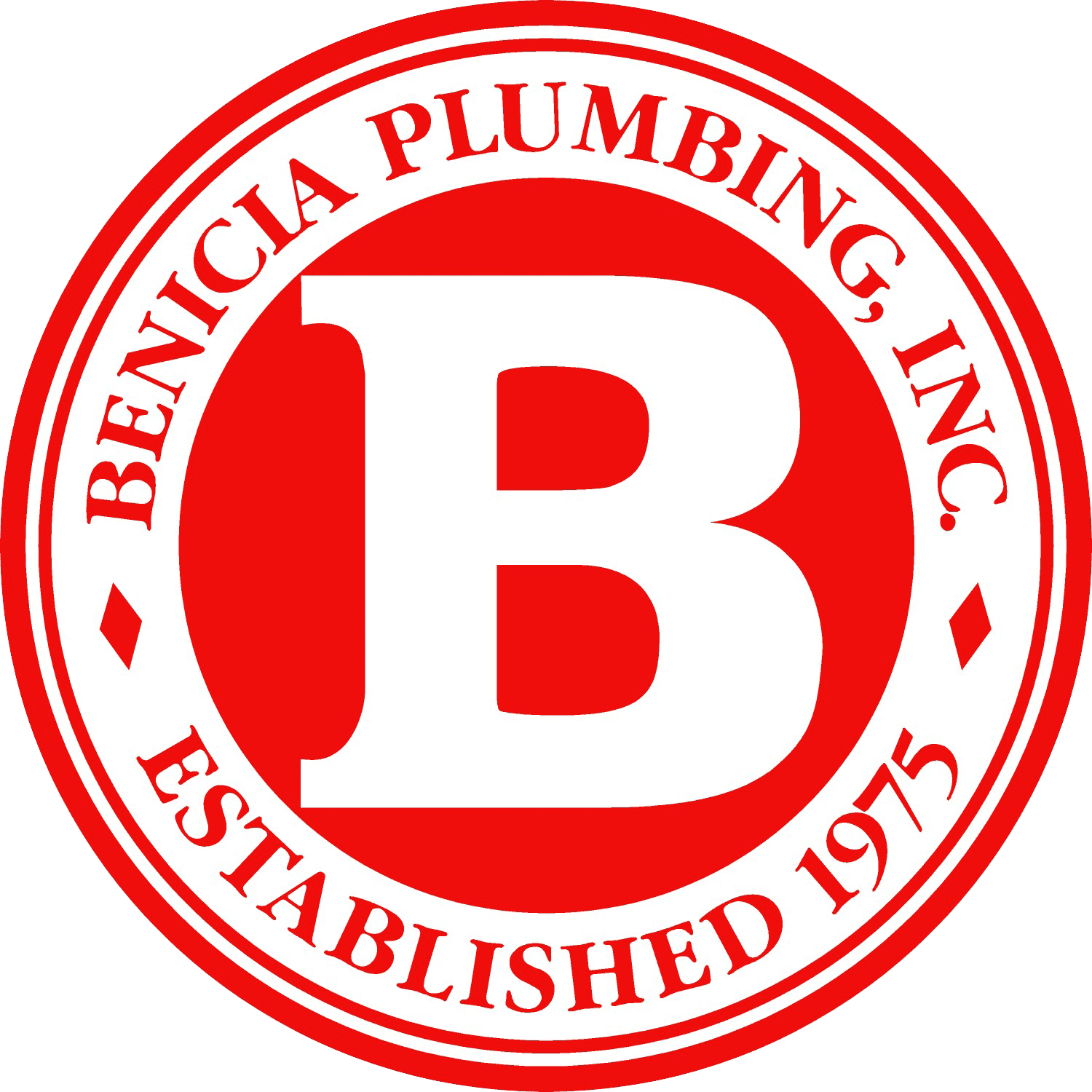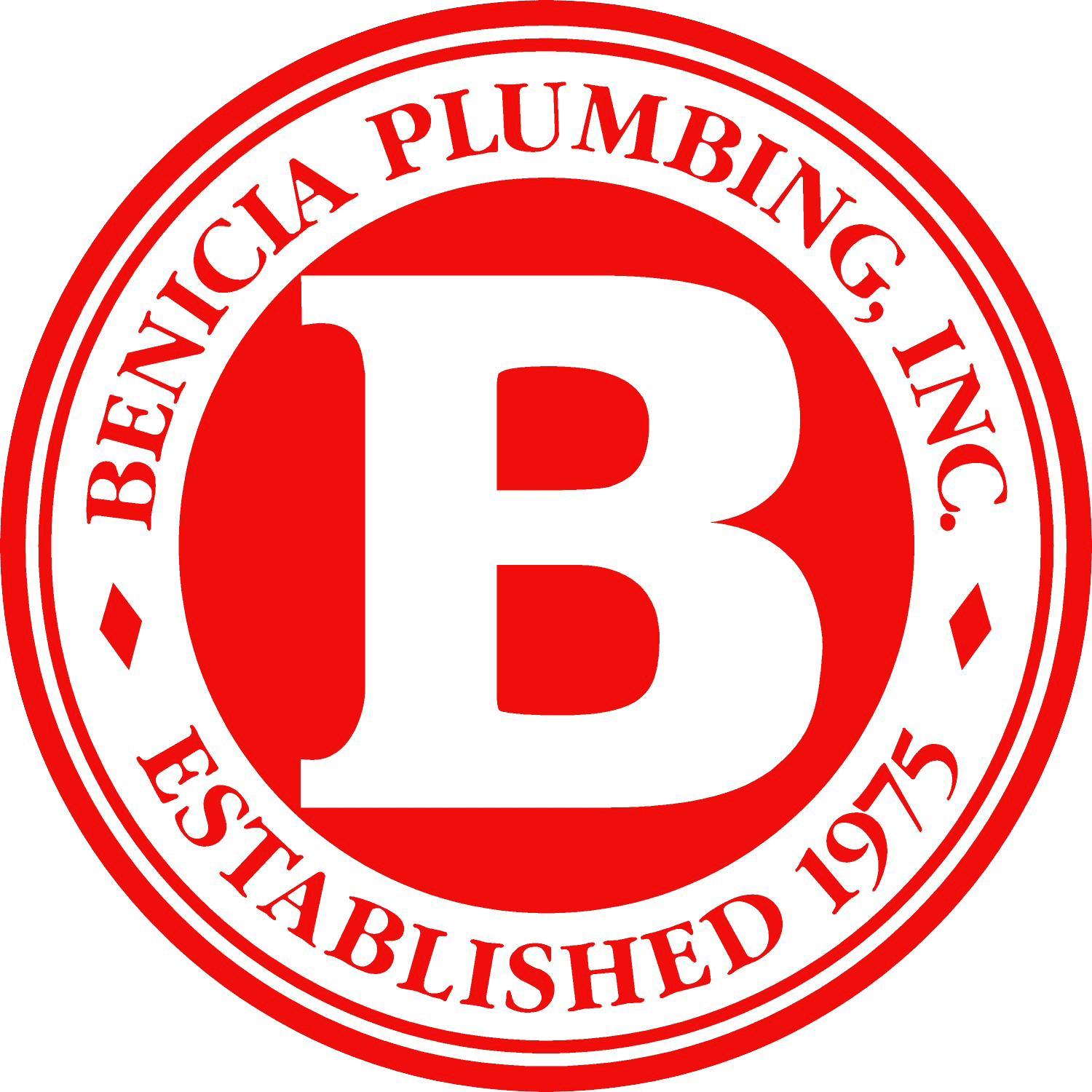At Benicia Plumbing, we have the utmost respect for the plumbing industry and give kudos for all of the great things that plumbing has done to help our society in many ways. Every time you take a refreshing bath, drink a big cold glass of tap water or wash your car, think about how plumbing has evolved and improved the quality of our lives.
So, take a journey with us through 10 Fascinating Factoids About Plumbing History and just enjoy. (There won’t be a pop quiz at the end of this blog.)
- The Romans were some of the most advanced in ancient plumbing systems. Out of the Roman Empire aqueducts were developed as well as underground sewer systems, public and private baths, lead and bronze water piping systems, and marble fixtures with gold and silver fittings. The Romans utilized lead pipes, which at the time made vast improvements in sanitary conditions. (500 B.C. to A.D. 455)
- In Versailles, France, King Louis XIV ordered the construction of a cast-iron main plumbing line. This was to carry water about 15 miles from a pumping station to the palace fountains and surrounding area. (1664)
- For the first time, the iron pipe was installed in Siegerland, Germany. German craftsmen had learned how to build fires hot enough to melt iron and pour it into castings to make a hollow pipe. (1455)
- Sir John Harington, the godson to Queen Elizabeth, invented the first flushing water closet. (1596)
- The castles of the 17th Century housed privies. Unfortunately, the plumbing systems dumped directly into the surrounding moats. (1600 to 1700)
- The first underground sewer was installed in 1728. This came about after health officials in New York responded to complaints about the smell of open sewers.
- The first public water main was installed under New York streets in 1830. Numerous fires had demonstrated the need for an adequate and available supply of water for firefighting.
- Drainage piping systems were installed into buildings. These systems helped convey sewage away from the buildings to a suitable disposal terminal. (1845 to 1850)
- The first water heaters were developed in private homes and small buildings in the 1870s. Circulation pipes were installed between water-heating units and hot water storage tanks so as to make pressurized hot water available in volume.
- The National Public Health Act was passed in 1848. Most of the world has adopted this model plumbing code.
About Benicia Plumbing
At Benicia Plumbing, we follow our stringent Code of Conduct which states that we will always be friendly and professional and that every customer will be greeted by the friendly voice of a knowledgeable, experienced and highly-skilled Benicia Plumbing professional. We also pledge to be punctual and courteous, where each client will be served promptly with a polite demeanor and respect. In addition, your Benicia Plumbing technician will always arrive at your location equipped and prepared to resolve your problem seamlessly and by devising the ideal solution for you and your budget.





